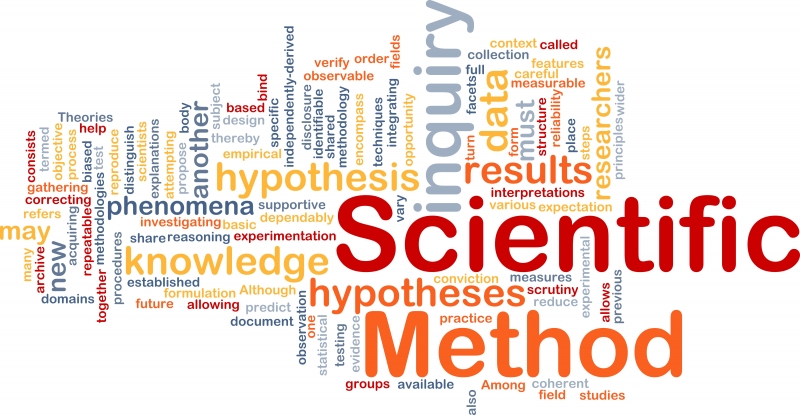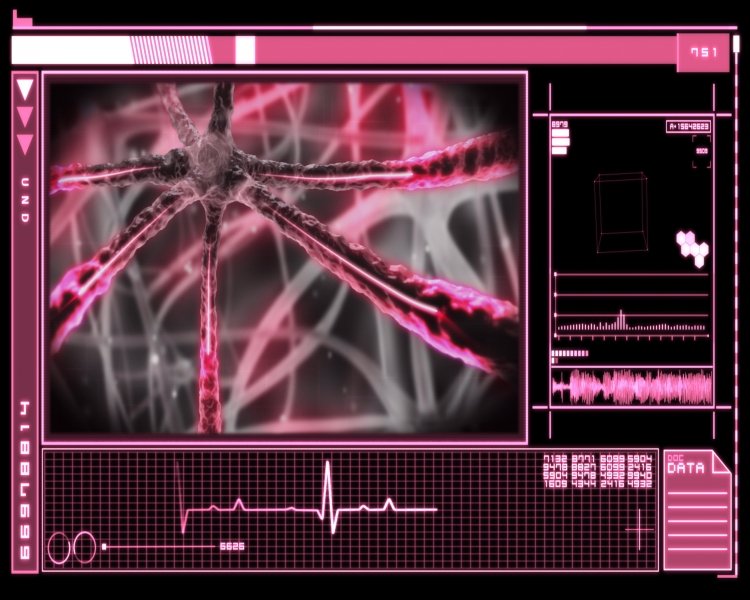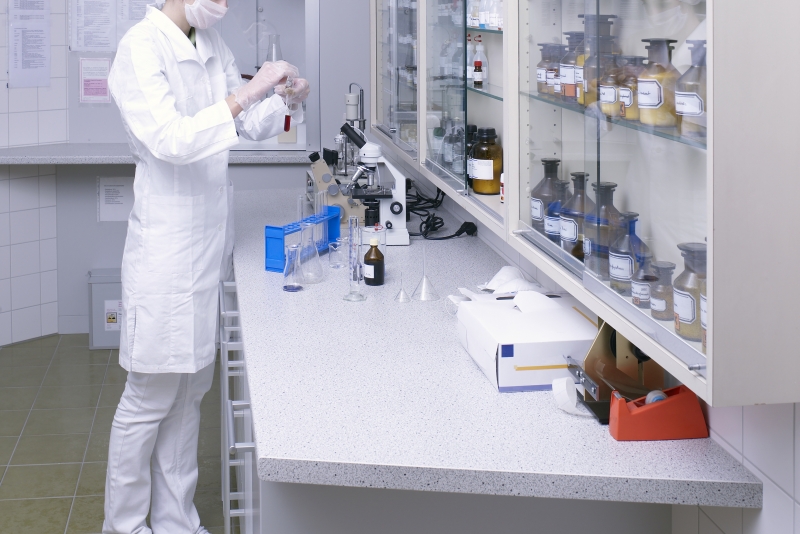The modern scientific method is the building block on which so much of modern world has been constructed. All the massive advances in computer science and communication technology that we have witnessed in the last few decades can be directly attributed to the use of the scientific method. Some would argue that the formulation of the modern scientific method is one of humanity’s greatest ever inventions; with it providing the key that unlocked so many more doors of progress, in a huge variety of fields, from biology and medicine, to quantum physics and space travel.As to who invented the modern scientific method, ancient Greek philosopher Aristotle certainly has a strong claim. While he and other Greek proto-scientists certainly contributed to the development of the method, particularly in their use of observation and measurement, their initial forays into science tend to lack the structure and precision of modern science.It would be a fairer assessment to say that much modern scientific method was first formulated by scholars in the medieval Muslim world. Between the 10th and the 14th centuries CE, scholars in the Islamic countries of the world first began to identify and use the fundamentals of modern scientific method.These fundamentals centre on seven basic principles, which shape the work of scientists today. These are:
Some would argue that the formulation of the modern scientific method is one of humanity’s greatest ever inventions; with it providing the key that unlocked so many more doors of progress, in a huge variety of fields, from biology and medicine, to quantum physics and space travel.As to who invented the modern scientific method, ancient Greek philosopher Aristotle certainly has a strong claim. While he and other Greek proto-scientists certainly contributed to the development of the method, particularly in their use of observation and measurement, their initial forays into science tend to lack the structure and precision of modern science.It would be a fairer assessment to say that much modern scientific method was first formulated by scholars in the medieval Muslim world. Between the 10th and the 14th centuries CE, scholars in the Islamic countries of the world first began to identify and use the fundamentals of modern scientific method.These fundamentals centre on seven basic principles, which shape the work of scientists today. These are:
- Making an observation of a phenomenon of the natural world.
- Making a clear statement of a definite problem.
- Formulating a sound hypothesis.
- Testing the ideas behind the hypothesis through properly designed experiments.
- Recording, assessing and analysing the results of those experiments.
- Interpreting and presenting the data of those experiments in a coherent and scientifically sound way.
- Finally, publishing the findings of this process of observation, experimentation and analysis.
These look like an uncomplicated set of steps, but their simple nature is deceptive. These seven stages have formed the basis for the bast majority of successful experiments, which in turn has led to huge breakthroughs in every area of human life.Whether you enjoy drinking soda pop, use an asthma inhaler, or drive a car, all the technology that you are enjoying can be traced to someone, somewhere, using the scientific method.
 DiabetesResearchers at Harvard University have used stem cells to engineer insulin-producing cells. This result could mean that, in the future, such cells could be transplanted into people suffering type-1 diabetes to alleviate their symptoms. Type-1 diabetes is the most common form of the disease in children, so this breakthrough offers real hope for future generations of potential sufferers from the disease – which is likely to be a key disease in coming decades as rates of obesity – a major contributing factor to the development of diabetes – grow.LamininScientists at Swedish company Biolamina have developed a product, laminin that is beneficial to other researchers in the stem cell field – a matrix that provides an environment for the cultivation of augmented stem cells. The feeder- and xeno-free system allows all types of cell, all except placenta and embryo cells, to be cultured uninhibited.Alzheimer’sWork at
DiabetesResearchers at Harvard University have used stem cells to engineer insulin-producing cells. This result could mean that, in the future, such cells could be transplanted into people suffering type-1 diabetes to alleviate their symptoms. Type-1 diabetes is the most common form of the disease in children, so this breakthrough offers real hope for future generations of potential sufferers from the disease – which is likely to be a key disease in coming decades as rates of obesity – a major contributing factor to the development of diabetes – grow.LamininScientists at Swedish company Biolamina have developed a product, laminin that is beneficial to other researchers in the stem cell field – a matrix that provides an environment for the cultivation of augmented stem cells. The feeder- and xeno-free system allows all types of cell, all except placenta and embryo cells, to be cultured uninhibited.Alzheimer’sWork at  The HPV VaccineAs one of the most aggressive female cancers, cervical cancer kills millions of women each year. While vaccine therapies have been explored for decades in relation to cancer, finding one that works has proven to be a challenge for scientists. Today, girls and women aged between 13 and 26
The HPV VaccineAs one of the most aggressive female cancers, cervical cancer kills millions of women each year. While vaccine therapies have been explored for decades in relation to cancer, finding one that works has proven to be a challenge for scientists. Today, girls and women aged between 13 and 26